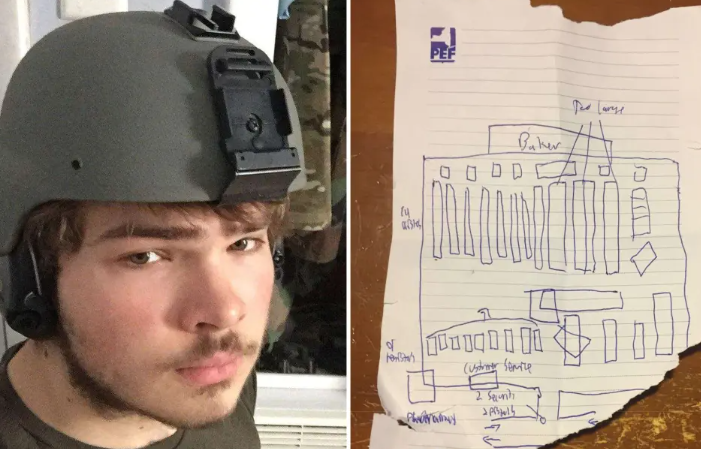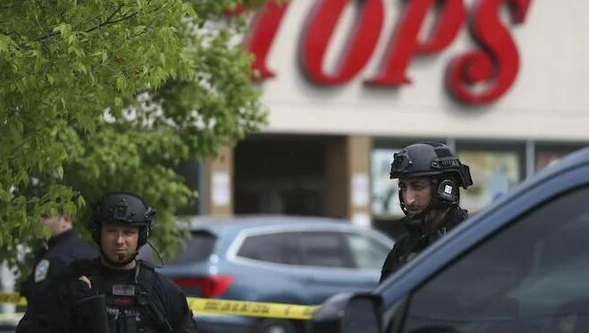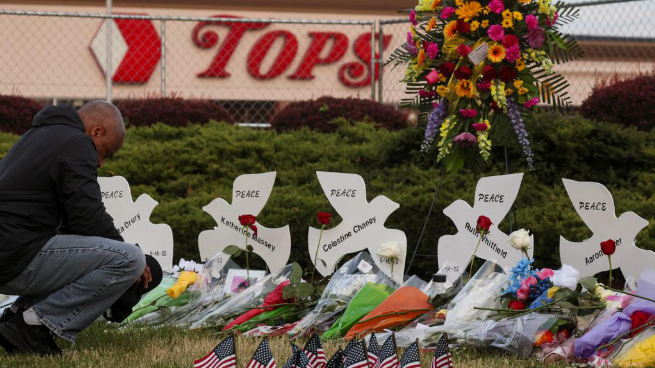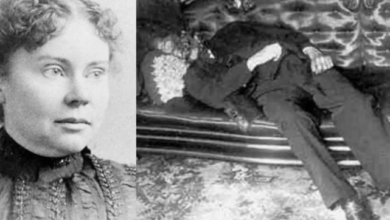Radical Hate Manifesto: The Buffalo Supermarket Attack

Radical Hate Manifesto: The Buffalo Supermarket Attack
On May 14, 2022, the United States was once again shaken by a racially motivated mass shooting—this time in the predominantly Black East Side neighborhood of Buffalo, New York. The attack took place at a Tops Friendly Markets grocery store and left ten people dead and three others injured. The assailant: an 18-year-old white male named Payton S. Gendron. The motive: white supremacist ideology fueled by online radicalization and a disturbing manifesto.
This horrific event was not a random act of violence, but rather a premeditated, ideologically driven terrorist attack rooted in the “Great Replacement” theory—a conspiracy theory suggesting that white populations are being systematically “replaced” by non-white immigrants and minorities through political and social policies.

The Attack
On the afternoon of May 14, Payton Gendron drove over 200 miles from his hometown of Conklin, New York, to the city of Buffalo. Dressed in tactical gear and armed with a legally purchased Bushmaster XM-15 semi-automatic rifle modified to hold high-capacity magazines, he pulled into the parking lot of Tops Friendly Markets, a store well known for serving Buffalo’s Black community.
He livestreamed the attack on the platform Twitch, documenting the massacre in real time. The stream showed him pulling into the lot, exiting his vehicle, and immediately opening fire on civilians. Within minutes, he had murdered three people outside and moved inside the store, where he continued his rampage. The victims, ranging in age from 32 to 86, were almost all Black. Gendron spared the life of one white employee during the assault, reportedly apologizing to the person before moving on.
Law enforcement quickly arrived on the scene. After initially threatening to shoot himself, Gendron was persuaded to surrender and was taken into custody without further violence. Investigators would soon uncover the chilling extent of his planning.
The Manifesto and Ideological Motive
Shortly after the attack, authorities discovered a 180-page manifesto authored by Gendron and posted online. The document was filled with racist propaganda, antisemitic conspiracy theories, and references to other white supremacist killers, including Brenton Tarrant, the man responsible for the 2019 Christchurch mosque shootings in New Zealand.
Gendron’s manifesto described how he had been radicalized during the COVID-19 pandemic, spending time on fringe websites such as 4chan, where he was exposed to hate-filled rhetoric and conspiracy theories. He became obsessed with the idea that white birth rates were declining and that this was part of a deliberate campaign to eliminate white culture. The “Great Replacement” theory, once considered a fringe ideology, was presented in the manifesto as both fact and justification for violence.
The document also detailed Gendron’s research into demographics, crime statistics, and even supermarket traffic patterns to ensure maximum casualties. He had visited the Tops location at least once prior to the attack to carry out reconnaissance. His weapon had racial slurs and symbols of white supremacy written on it, and he recorded videos explaining his plan in the days leading up to the massacre.

Victims of Hate
The shooting claimed the lives of ten innocent individuals, all but one of whom were Black. They included a retired Buffalo police officer who worked as a security guard, a grandmother shopping for a birthday cake, a church deacon, and a community activist. These people were targeted not for anything they had done, but for the color of their skin.
The security guard, Aaron Salter Jr., attempted to stop the shooter and shot Gendron, but his weapon could not penetrate the tactical armor. Gendron then killed him in return. Salter was later hailed as a hero for his bravery.
This act of terror left the local community devastated and the entire nation grappling with the consequences of unchecked online extremism, systemic racism, and gun violence.

Aftermath and Legal Consequences
Gendron was quickly indicted on multiple counts of first-degree murder, domestic terrorism, and hate crimes. On November 28, 2022, he pleaded guilty to 15 state charges, including domestic terrorism motivated by hate, which carries an automatic life sentence without the possibility of parole. He later also faced federal hate crime charges, and the Department of Justice is pursuing the death penalty in that case.
In court, family members of the victims offered emotional impact statements, condemning Gendron’s ideology and expressing the immense pain caused by his actions. During one sentencing hearing, a man charged at Gendron in an emotional outburst, though court security prevented a confrontation.
Gendron himself offered an apology, stating that he was sorry for the pain he caused and that he had been misled by online ideologies. However, many viewed the apology as hollow and insufficient in light of the meticulous planning and brutality of the crime.
National and Political Reaction
The Buffalo supermarket attack reignited conversations across the United States about gun control, domestic terrorism, and the role of social media platforms in fostering extremist views. President Joe Biden visited Buffalo shortly after the attack, meeting with victims’ families and calling the attack “domestic terrorism, plain and simple.”
Biden’s administration emphasized the need to combat white supremacy and hate-fueled violence. He also urged tech companies to take stronger action against the spread of radical content online. However, critics pointed out that legislative efforts to restrict access to high-powered firearms or regulate hate speech online have repeatedly stalled in Congress.
Many civil rights activists highlighted the long-standing neglect of Black communities by law enforcement and federal authorities in addressing white supremacist threats. The FBI and Department of Homeland Security have acknowledged in recent years that racially motivated violent extremism—particularly white nationalism—is one of the most significant domestic terror threats facing the country.

The Broader Context of White Supremacist Violence
The Buffalo attack was not an isolated incident. It fit a disturbing pattern of racially motivated mass shootings across the world. From Charleston, South Carolina (2015), to El Paso, Texas (2019), and Christchurch, New Zealand (2019), attackers have cited similar ideologies and often referenced one another in manifestos or online posts. This phenomenon has come to be known as “chain terrorism,” where one act of violence inspires another through digital platforms.
Experts warn that the gamification of mass murder, the glorification of previous shooters, and the sense of belonging offered by extremist online communities make young, alienated men especially vulnerable to radicalization.

Conclusion
The Buffalo supermarket shooting stands as a tragic testament to the deadly power of radical hate. It was not only a massacre but also a manifestation of systemic issues that continue to endanger marginalized communities in the United States. The attack serves as a grim reminder of the importance of confronting racism in all its forms—whether on the streets, in the justice system, or in the far corners of the internet.
The loss of ten innocent lives, targeted solely because of their race, demands more than mourning—it demands action. As long as hate is allowed to fester unchecked, tragedies like Buffalo will remain not exceptions, but devastating consequences of inaction.





